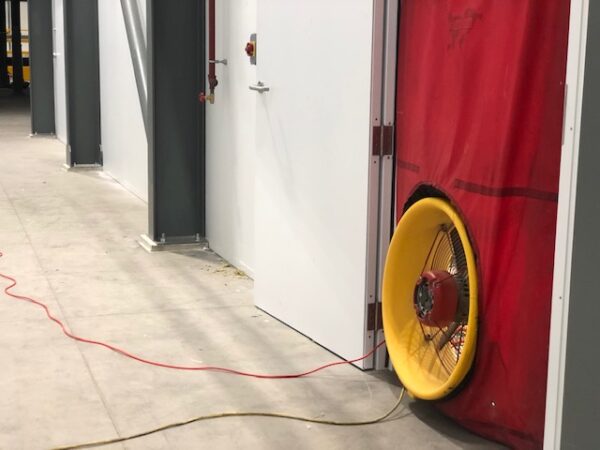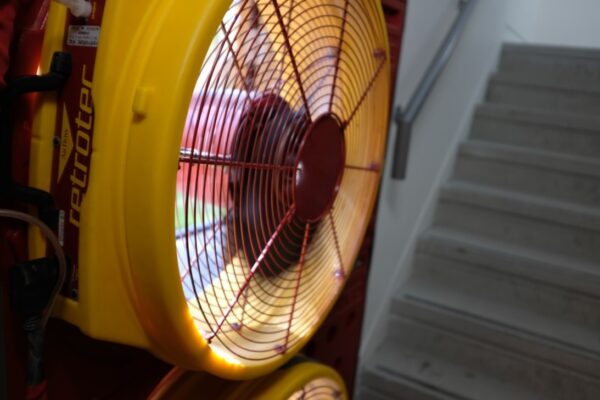From June 2022 all new dwellings and commercial buildings will need air tightness testing. Gone are the days when many (not all) builders can bodge a couple of houses to get a pass, thus bypassing the need to get all the dwellings air tested.
In fairness, the new Approved Document L, has made air tightness testing simpler and easier to follow. England and Wales have become the first countries in the world to enforce mandatory air tightness testing for every house and apartment no matter the size of the development. This removes the complicated rules for sample testing.

So, the old air testing requirements which allowed a sample of new build residential properties to be tested, as well as only testing commercial buildings over 500m2 has now been superseded.
Moving forward the building regulations will require you:
- Undertake air testing to all dwellings.
- Undertake air testing to all commercial buildings.
- The maximum air leakage target will be lowered from 10m3/hr/m2 to 8m3/hr/m2.
- Calibration of equipment is raised from annually to bi-annually.
So, to expand on this, air tightness testing will be required once a residential or commercial building has been constructed to satisfy the SAP and/or SBEM Assessments, taking into account the following:
More mandatory testing for Part L compliance – The new Approved Document L has made air tightness testing simpler, to some extent. England has, to the best of our knowledge, become the first country in the world to enforce mandatory air tightness testing for every house and apartment. This removes the tricky and complex rules for sampling.
The amount of buildings that need to be air tested – APT and other air tightness testing companies will be much busier from June 2022! The newly approved part L document stipulates the requirement for airtightness testing to be undertaken on every single dwelling. Buildings that are not dwellings, such as extensions that are treated as new buildings to comply with Part L, must also be pressure tested to comply with the designed air permeability target.
Equipment calibration change – Air testing equipment originally needed to be calibrated every 12 months, however, airtightness testing companies can now choose to recalibrate according to the manufacturer’s guidance, so its still recommended that recalibration is completed every 24 months as a minimum.

When will I need to undertake the air tightness test?
Your building must be completed before you undertake your air tightness test. You will also need your ‘designed air permeability target’ which can be found within you design stage SAP Assessment.
If you are targeting an extremely energy efficient building, i.e., you need to achieve an air leakage figure below 3m/hr/m2, then you may need to undertake two air tests. The first test is usually carried out when the shell/fabric of the building is complete, and the second test at the end of the project. This will help you to ensure the building passes the air tightness test and reduce delays in handover.
We carry out air tightness testing
Yes, of course! we are UKAS accredited to undertake air tightness testing for both residential and commercial buildings.
We are happy to provide you with general air leakage design advice for your building envelope and onsite guidance. Upon completion of your project, we provide Nationwide UKAS Accredited Tightness Testing for domestic and commercial buildings to help you demonstrate Building Regulation Part L Compliance. Please download our air tightness checklist to help you prepare for your test.
To find out more about our air tightness testing service or if you wish to discuss your project, please contact us by email at info@aptoundtesting.co.uk or call us on 01525 303905. Alternatively please visit our website at www.aptsoundtesting.co.uk
